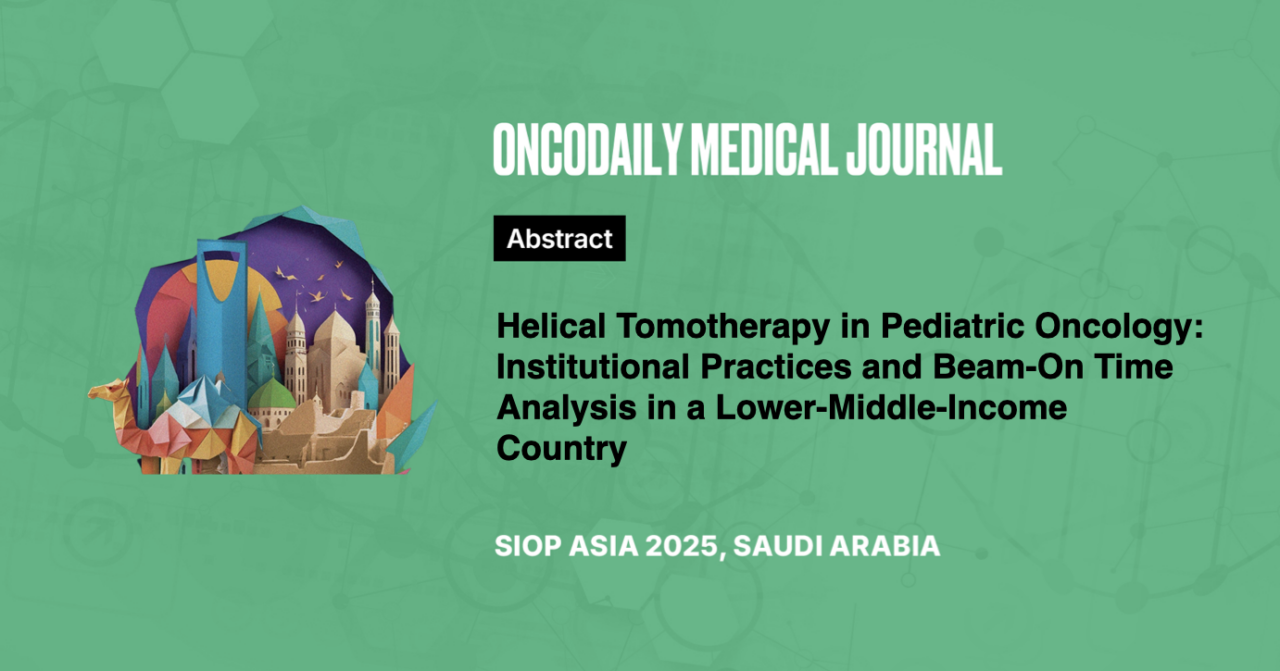Helical Tomotherapy in Pediatric Oncology: Institutional Practices and Beam-On Time Analysis in a Lower-Middle-Income Country
Abstract
Introduction: Helical Tomotherapy (HT) allows for highly conformal radiation dose distributions, achieving an optimal balance between target coverage and organ-at-risk sparing. This study explores institutional practices and beam-on times (BOT) of Tomotherapy machines for pediatric radiation oncology patients in a lower-middle-income country (LMIC), aiming to optimize treatment delivery for pediatric cancers.
Methodology: A retrospective analysis was conducted on pediatric patients (<19 years) treated with HT from October 2020 to October 2024 at the CyberKnife and Tomotherapy Radiation Oncology Center. Patient demographics, tumor characteristics, treatment plans, and delivery metrics were obtained from institutional databases. Descriptive statistics were used to evaluate BOT, field widths, and irradiated volumes.
Results: Between October 2020 and October 2024, 62 pediatric patients were treated with HT. The mean age was 12.25 years (SD: 4.8), with 54.8% males. A total of 12 patients received radiotherapy in 2 phases resulting in the evaluation of 74 plans. Most treatments (93.2%) employed helical plans as compared to Direct plans (6.8%). Radiation doses ranged from 14.4–70 Gy, delivered over 9–35 fractions. CNS and miscellaneous intracranial and intraspinal neoplasms were the most common diagnoses (51.6%).
Focal brain irradiation was the predominant treatment site for 30 patients (48.4%), followed by head and neck 13 (20.9%).BOT was ≤5 minutes in 91.9% of cases with <2 minutes in 32.4%. The most common field width used was 2.5cm (74%) as compared to a 5 cm field width (26%). Larger field widths (5 cm) were associated with longer BOT (p =0.003). Among cases requiring large-volume irradiation, 50% were craniospinal irradiation (CSI), often resulting in a treatment duration of 6.9-8.5 minutes.
Conclusion: HT offers precise and efficient pediatric radiotherapy, particularly for CNS tumors, enhancing treatment outcomes and patient comfort. Efficient BOT of less than 5 minutes and tailored planning improve patient comfort and optimize the use of advanced radiotherapy techniques in resource-limiting institutes.





